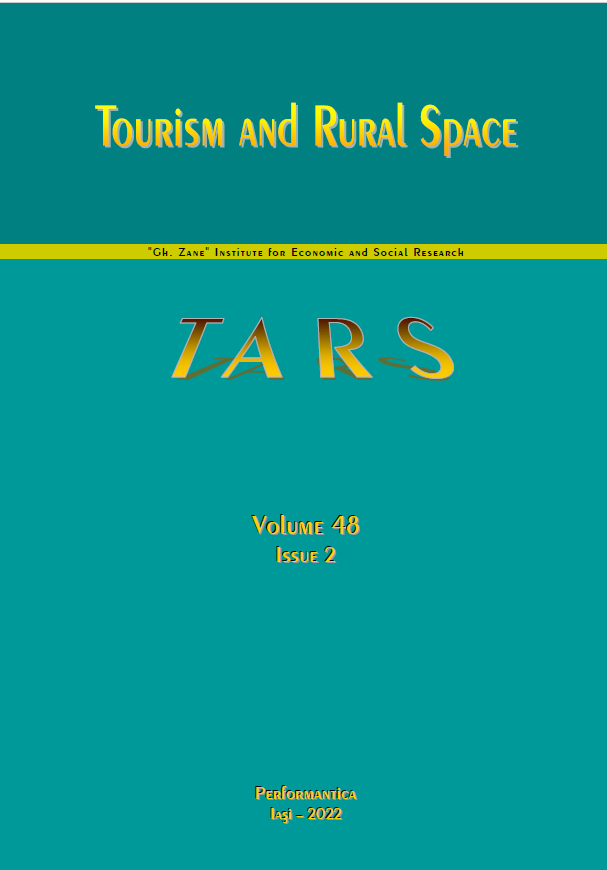Harnessing in Gastronomy of Mountain Products by Fruiting the Umami Taste
Harnessing in Gastronomy of Mountain Products by Fruiting the Umami Taste
Author(s): Manuela Apetrei
Subject(s): Social Sciences, Economy, Methodology and research technology, Tourism
Published by: Academia Română, Filiala Iași Institutul de Cercetări Economice și Sociale „Gheorghe Zane”
Keywords: Umami taste; Mountain product; Gastronomy; Gastronomic tourism;
Summary/Abstract: Taste is one of the five main senses and is connected to the sensations that result from the food and drink we eat. Known as the fifth taste, umami is one of the most present in the dishes we are eating daily. According to officials at the Umami Information Center (UIC), umami refers to the taste of glutamate, inosinate or guanilate. But beware: when it comes to umami and the “delicious” taste of glutamate, it's about that glutamate that we found naturally in foods such as seaweed, soy, ripened cheese, green tea, seafood, tomatoes, mushrooms, potatoes, etc. Umami taste is a sensory biomarker of food proteins. The degree of multiplication of the umami taste can increase up to eight times for the total taste of the ingredients taken separately. The harmonious combination of different foods containing umami allows the creation of a high level gastronomic experience, without the support of very sophisticated recipes. Owners of food establishments that use raw materials from the mountain area can successfully use this information to combine foods, so that they become even tastier and more attractive to consumers (use of grated emmentaler for gratin dishes, dried tomatoes in various sauces, berries in various desserts, etc.).
Book: Tourism and Rural Space. TARS Journal
- Page Range: 7-20
- Page Count: 14
- Publication Year: 2022
- Language: English
- Content File-PDF

